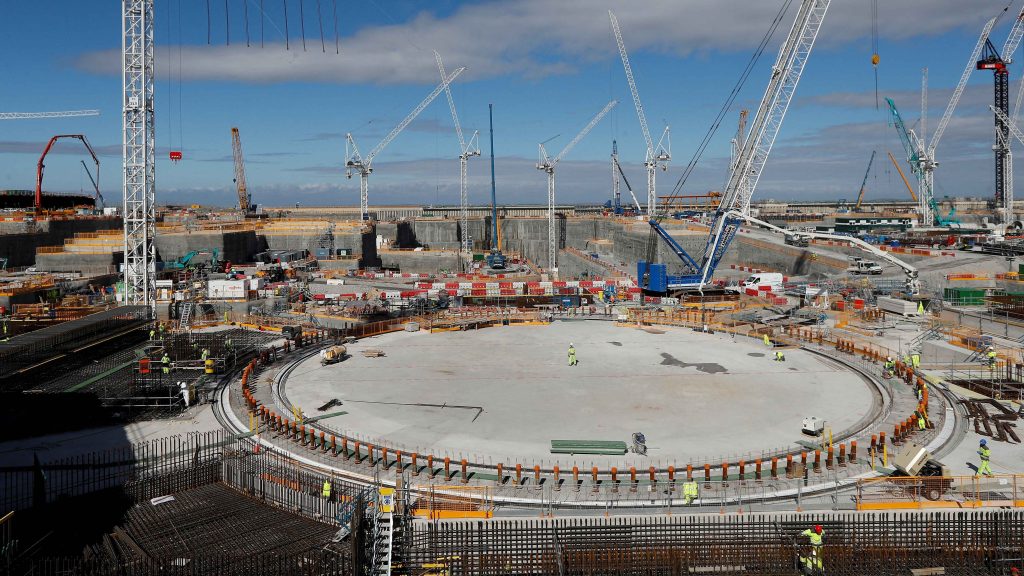UK Nuclear Jobs Surge To Record High, But Future Growth Depends On New Projects

The UK’s nuclear industry has seen a 60% surge in job numbers over the past decade, reaching a record-breaking 86,908 positions, according to the Nuclear Industry Association (NIA).
This growth, driven by major projects like Hinkley Point C, Sizewell C, and the emerging small modular reactor (SMR) sector, represents a 9,000-job increase from 2023, marking a significant milestone for the industry.
In its 2024 Jobs Map, the NIA emphasized that much of the nuclear job growth is happening outside London and the South East, underscoring the sector’s importance to regional economic development.
Over 29,000 people are employed in the North West, primarily in decommissioning, fuel cycle research, and reactor design, making it the region with the largest nuclear workforce.
The report also highlighted key employment hubs such as the Culham Centre for Fusion Energy in Oxfordshire, which employs 2,700 people, and the nascent SMR industry, which has already created over 700 jobs.
In the South West, Hinkley Point C has been a major driver of job creation, tripling the number of nuclear jobs in the region from 8,500 in 2014 to more than 27,000 in 2024, including around 10,000 on-site jobs. The project has injected £5.3 billion into the local economy, a success the NIA expects to see replicated at Sizewell C in Suffolk.
Warnings of Complacency Despite Job Growth
However, the NIA warned against complacency. Despite the rapid expansion in jobs, Wales has seen a 40% decline in nuclear employment over the past decade, largely due to the government’s indecision over the future of the Wylfa site on the Isle of Anglesey.
The NIA maintains that Wylfa is “the best site for new nuclear anywhere in Europe” and argued that a new gigawatt-scale station there could create thousands of jobs and bring billions in investment to the region.
Recent reports suggest that the UK government is reconsidering the use of the Wylfa site for a new large-scale reactor, which would represent a significant boost for Wales’ nuclear workforce.
Urgent Decisions Needed to Sustain Momentum
Despite the explosive growth in jobs, the NIA cautioned that the future of the industry hinges on urgent decisions regarding the next wave of nuclear projects.
Without clear commitments to future developments, the momentum could stall, impacting job creation and the industry’s broader contribution to the UK’s energy security and decarbonization goals.
NIA Chief Executive Tom Greatrex highlighted the unique benefits of nuclear energy, stating: “As well as tens of thousands of high-skilled, well-paid jobs, nuclear also gives you 24/7 clean power, energy security, and significant investment in communities, no other industry can say that.”
Greatrex called for immediate government action to support Sizewell C, accelerate SMR development, and greenlight a new nuclear project at Wylfa. “We can have lots more of these jobs and opportunities for the next generation if we get on with committing to new projects,” he said.
Looking Ahead
The UK’s nuclear industry has proven to be a significant driver of job creation and regional investment, but its continued success will depend on decisive action from the government to support the next phase of projects.
With major infrastructure investments like Sizewell C and potential new developments at Wylfa on the horizon, the nuclear sector stands at a critical juncture.
If supported by the right policies, it has the potential to further expand its role in providing clean, secure, and reliable energy for the UK while creating thousands more high-skilled jobs across the country.




